NVES Strikes! Ford Everest and Isuzu MU-X diesel SUVs are culled to avoid CO2 emissions fines
Multiple models from two of Australia’s top selling diesel SUV line-ups have been culled from the Aussie market because of the New Vehicle efficiency Standard (NVES) – even before it officially starts measuring CO2 emissions.
Ford has culled all 4×2 models in the top-selling Everest line-up, while Isuzu is understood to have told dealers it will take the same course with most – if not all – 4×2 versions of the MU-X wagon.
The Everest finished 2024 as the number one model in the large SUV segment and Isuzu number two, selliing well over 40,000 examples between them.
READ MORE: Danger signs! Latest research shows top ICE brands including Toyota, Ford and Nissan struggling to hit new Aussie CO2 limits
READ MORE: Axed! Ford abandons plan to sell Puma Gen-E compact electric SUV in Australia, opts for PHEV van instead
READ MORE: Isuzu vows to stay in Australia: Plug-in hybrid research revealed, but questions over D-Max EV confirmation
Ford and Isuzu have been forced to take this action because the 4×2 versions of the Everest and MU-X are classified as passenger cars and fall into the tougher Type 1 category of the NVES.
That means higher fines for CO2 emissions than can be economically justified.
The more expensive and often higher-emitting four-wheel-drive versions of the Everest and MU-X – which also command the vast bulk of sales – will continue because they fall into the Type 2 category for commercial vehicles with less-stringent CO2 targets.
The NVES was introduced on January 1 and officially starts measuring vehicle CO2 emissions on July 1. Brands that exceed their total CO2 limit will have fines levied at a minimum rate of $50 per gram, per vehicle from 2028.
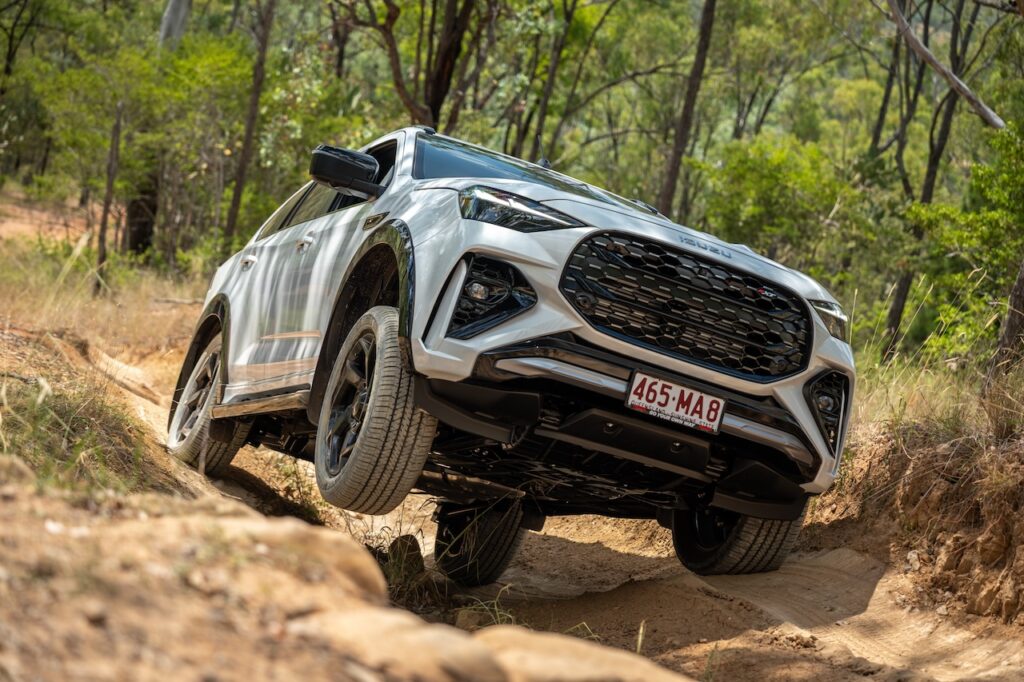
Proponents of the NVES will hail Ford and Isuzu’s decisions as evidence of the standard performing its role, which is to reduce the number of CO2 emitting vehicles on offer in the market and expand low and zero emissions choice.
But critics will argue the categories have misfired because the cleanest models in the two line-ups have been culled.
“Frankly that is the point of putting the policy in place – to force change,” said Motor Trades Association of Australia CEO Matthew Hobbs.
“Already we are seeing companies make changes to their line-ups in Australia so they can compete.”
The MTAA recently published a study by automotive data analysis experts Blue Flag nominating Ford and Isuzu among the brands that will struggle to meet NVES CO2 targets.
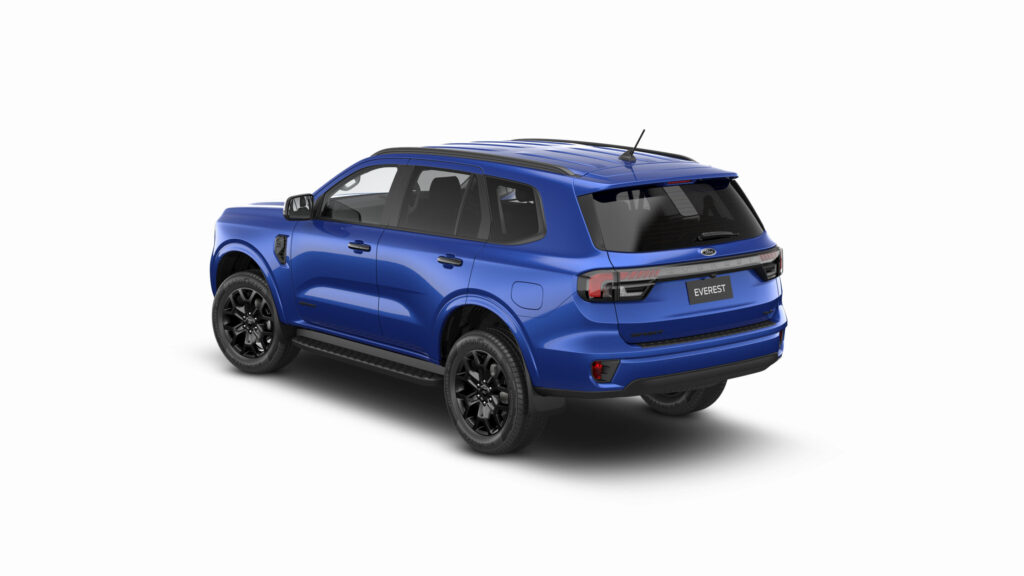
The study also estimated the auto industry could accrue $2.8 billion in NVES fines in 2028.
“The issue with body on frame 4x4s which have a 4×2 is that the different treatment of basically the same car puts the 4×2 in the cross hairs for deletion,” said Hobbs.
“The unfortunate reality is there are variants that will likely cease to exist going forward.”
The base model Everest Ambiente 4×2 with a 2.0-litre biturbo diesel engine costs $54,240 and emits 187g CO2/km. The 4×4 version costs $59,240 and emits 190g CO2/km.
The base model Isuzu MU-X LS-M 3.0-litre 4×2 costs $50,400 and emits 206 grams of CO2 per km according to the official Australian Design Rule rating the NVES uses as a guide for credits and penalties. The equivalent 4×4 costs $56,400 (plus on-road costs) and emits 220g CO2/km.
Officially the 1.9-litre LS-M emits the same 196g CO2/km in both 4×2 and 4×4 drivetrains, but the former is worse off because of the tougher emissions targets it must attempt to meet.
Ford spokesman Ben Nightingale said Ford supported the NVES.
“We recognise the importance of an emissions scheme for the country, and we’re continuing to engage with industry and the government to make sure our voice is heard when it comes to creating a supportive ecosystem,” he said.
“It’s unfortunate for our customers that we’ve made the call to remove 4×2 variants from the Everest line-up, but we’re a business and we have to make commercial decisions.”
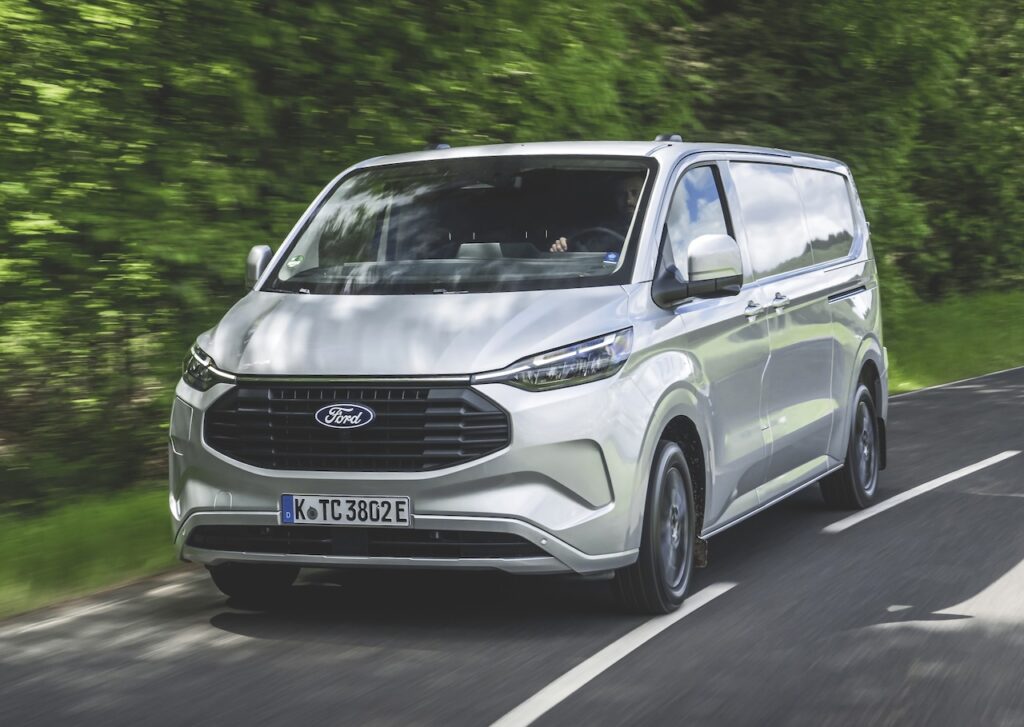
Ford has low and zero emissions model in the wings. It will introduce the Ranger PHEV, E-Transit Custom and Transit Custom PHEV in 2025. However, it has also reversed a decision to bring the fully electric Puma Gen-E to Australia.
Isuzu has mild hybrid, plug-in hybrid and EV powertrain options under consideration for its two model line-up of MU-X wagon and D-Max ute.

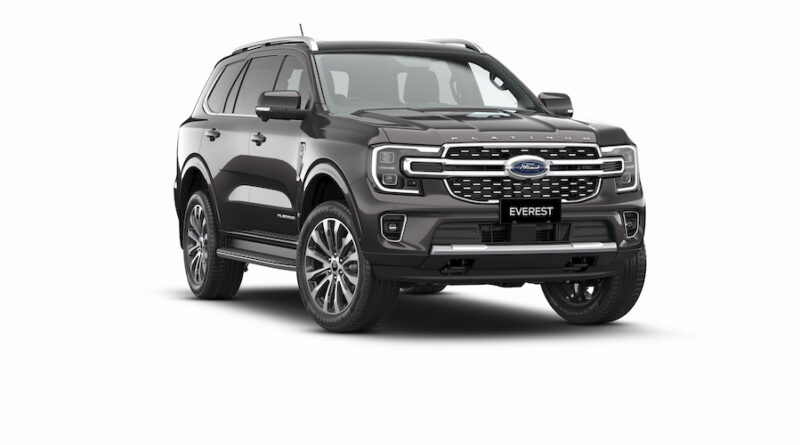
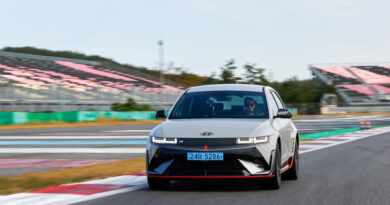
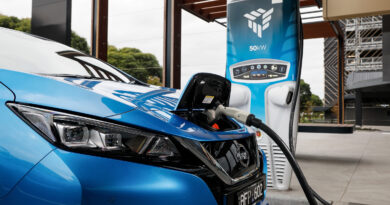
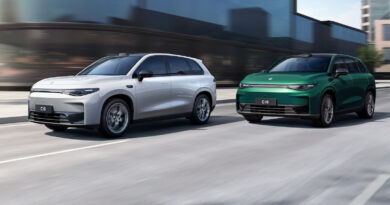
A number of high polluting vehicles will no longer come to Oz…may have been a better headline 😉